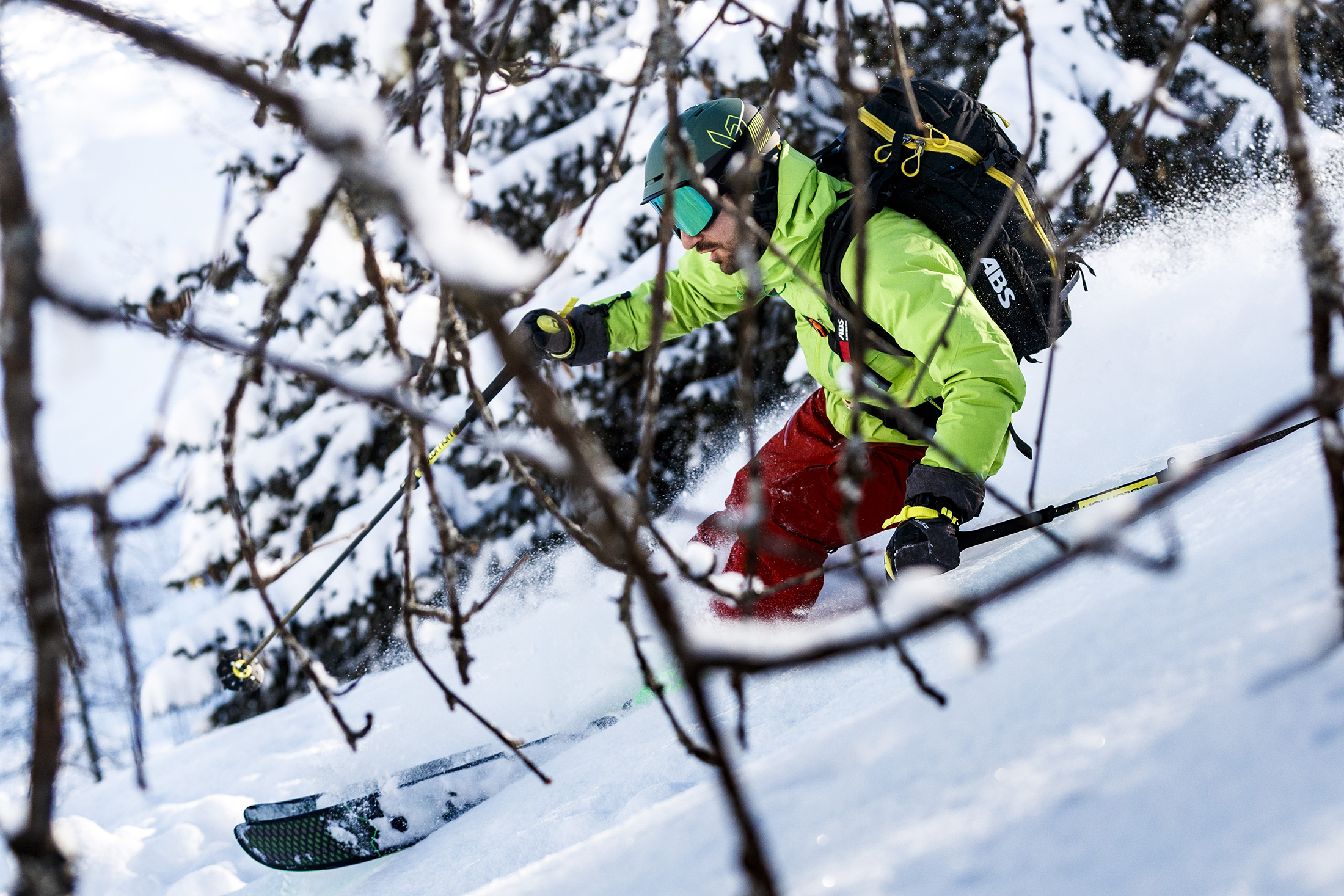Longstanding brand Bollé is bringing Phantom — its most powerful light-adaptive technology — to 17 ski goggle models this season.
The Phantom ski goggle lens mixes some of the most progressive photochromic technologies in the industry to solve three core issues when it comes to seeing in the snow: clarity, stability, and glare.
Photochromic is becoming the new standard in ski goggles. You can see in every condition without ever having to change out your lenses. The applied science does most of the work, but that doesn’t mean it’s easy to understand. So we’ll break it down here.
Light-Adaptive Lens Technology
Photochromic goggles auto-adjust to varying light conditions. This tech optimizes your vision on the mountain. But what does that really mean? Which variables are most important in active optics? And how do you know which lens achieves those best?
To find out, we caught up with Chloé Pasqualetti, Bollé’s senior product manager.
“We identified several weaknesses in the photochromic market and tried to solve all of the issues in one lens,” she said. “The Phantom is what we dreamed up.”
Here are those core problems skiers face even with today’s top photochromic goggles and how the Phantom works to solve each one.
Clarity
Winter athletes need to see as clearly as possible to navigate technical terrain. That’s especially important at high speeds with no room for error and in light conditions that can change on a dime.
“We wanted to make sure our lens would deliver the best vision possible, with as little distortion as technically possible,” Pasqualetti said.













